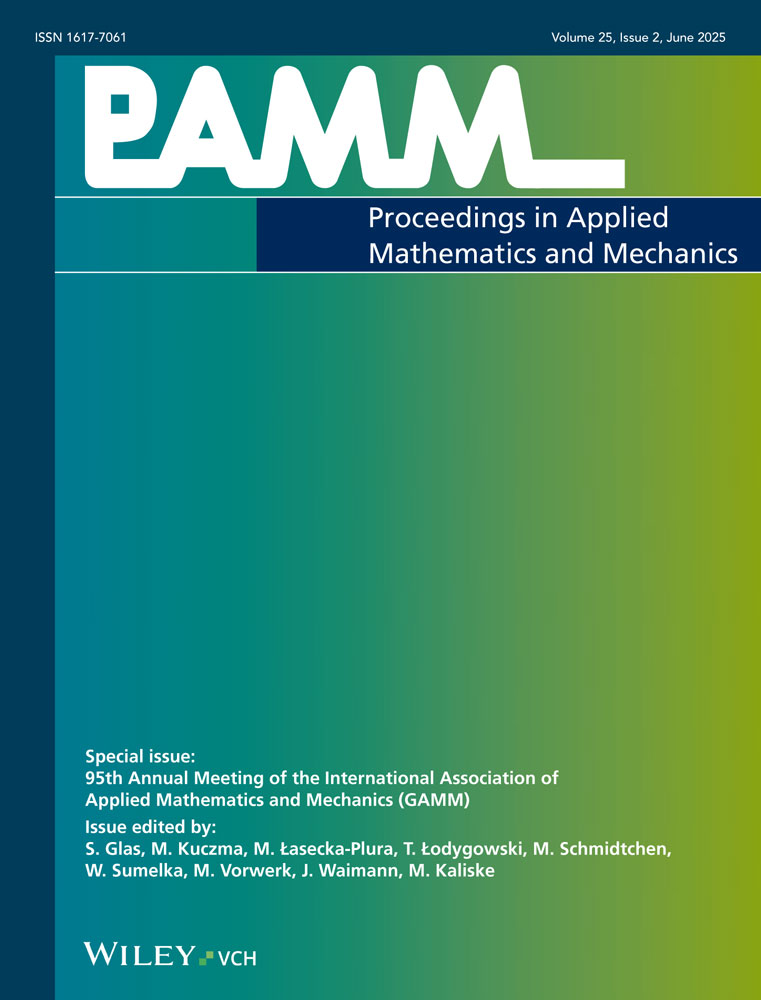Deformation induced martensite transformation in a cold-worked forming process of austenitic stainless steel
Abstract
Within the last years the goal of industrial manufacturing processes – such as tube forming – has shifted towards an optimization of technological as well as mechanical properties of the manufactured structures. For example, during the forming procedure of sheets made of austenitic stainless steel X5CrNi18-10, the content of strain-induced martensite needs to be controlled. In order to achieve optimal structural properties of the manufactured tube with respect to very high-cycle fatigue (VHCF), a martensite ratio of approximately 25% needs to be obtained [1].
On the basis of experimental investigations this contribution deals with the numerical simulation of the tube-forming process with special consideration of the martensite ratio c as a function of temperature and deformation field. For this purpose we extend an existing martensite model on polyaxial states of stress and compare experimental results and numerical simulations for the modified model. (© 2012 Wiley-VCH Verlag GmbH & Co. KGaA, Weinheim)




